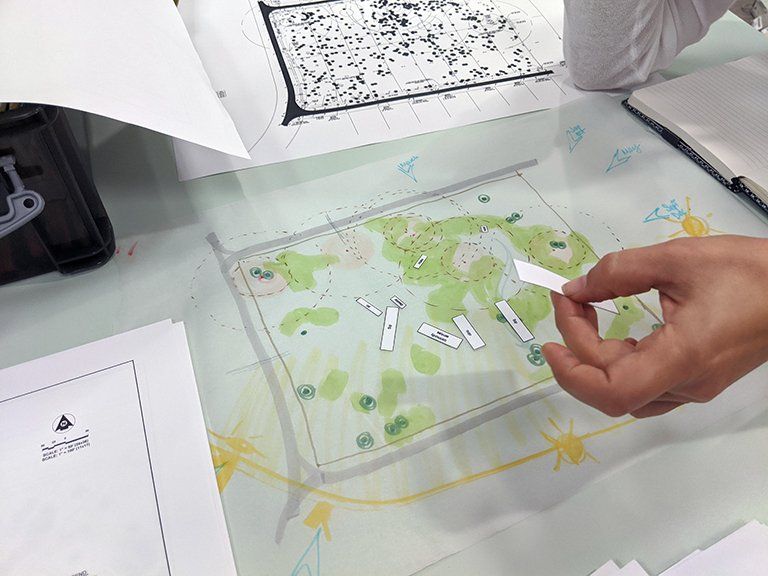Schimberg Group
Architecture & Interior Design
1421 5th Street, Unit D
Sarasota, FL 34236
Eleven Things I Didn’t Learn in Architecture School
By Barron Schimberg, AIA
I  absolutely love being an architect. Many people tell me they wish they were architects too. The truth is the popular view of what an architect does has been romanticized. In reality, successful architecture mixes art and creativity with healthy doses of business smarts, client psychology, and financial limitations.
absolutely love being an architect. Many people tell me they wish they were architects too. The truth is the popular view of what an architect does has been romanticized. In reality, successful architecture mixes art and creativity with healthy doses of business smarts, client psychology, and financial limitations.
Looking back on my five years of architecture school, I can think of 11 lessons that would have better prepared me for the success The Schimberg Group now enjoys in the real world. Here are 11 things I have learned in the years after graduation.
1. Money is always a factor.
Whether it’s a commercial, public, or residential project, budgetary limitations must always be considered. Sometimes, the challenge to design something extraordinary within a limited budget stimulates the most creative thinking.
2. People skills are essential.
Every client is different and each client has their own vision of the finished product. Emotions are always present, including passion about the success of the project and the desire to contribute ideas. Sometimes, a husband and wife may each have different priorities for their new home. Sometimes, design decisions are made by a committee representing a multitude of condominium residents. Or sometimes, corporate teams have input on design. As an architect, my job involves delivering designs that will please as many people as possible, while clearly explaining the logic behind certain design decisions and achieving the client’s ultimate goals.
3. Commercial and residential projects are different , but both are rewarding.
Architecture schools focus mostly on commercial and public projects—probably because they tend to be larger and more visible. But designing, building, and renovating homes can be equally creative and satisfying. Homes have so much personal meaning and can contribute to the overall character of a community.
4. Efficient project management really matters .
Every project reaches a point when it’s time to stop designing and let the builders do their jobs. If design changes are made throughout the project, the result can be unexpected costs and delays.
5. Getting interior designers involved early yields more beautiful results.
Making decisions about lighting, flooring, doors, wallcoverings, furnishings, and cabinetry while the shell of the building is still being designed gives you more choices in how the finished project will look. When interior design decisions are made after a building is designed, you may be limited in furniture selection, types of lighting, or even incur extra costs for structural changes.
6. Seeing projects through construction to completion is vital.
Dozens of unexpected challenges crop up during construction. As an architect, I can suggest creative solutions that won’t compromise the final building aesthetic.
7. Entrepreneurial skills are necessary to get an architecture firm up and running.
In addition to keeping my architectural skills and knowledge up to date, I have had to learn about all phases of small-business operations, including cash flow, marketing, accounting, and personnel management. Starting a business requires time and money.
8. There are building codes to deal with.
It’s great that architecture school equates creativity with freedom of imagination. But some wildly creative ideas and material choices aren’t always practical, due to building codes. Part of an architect’s job is to stay up-to-date on these codes.
9. In order to win a project, you must write a convincing proposal.
Every architect dreams of being awarded high-profile projects that can help them earn public recognition. But this dream can’t come true unless the architect knows how to write competitive proposals.
10. Professors don’t know it all.
In architecture school, students may feel intimidated by professors with superstar backgrounds and strong opinions. After graduation, it doesn’t take long to understand the subjective nature of architecture. Every expert, critic, and client has different tastes, theories, and backgrounds.
11. It’s not about the architect, it’s about you —the client.
One of the most pervasive myths about architecture is that the finished building should reflect the architect’s vision and artistic talents. But the funding for projects comes from the client. Thus, the architect’s work should always serve the needs and desires of the client. From experience, I have learned that the most successful projects are collaborations. By blending the talent, training, skills, and experience of our architects, interior designers, contractors, and construction crews, we can exceed the expectations of our clients.
Recent Blog Posts
Website design by Archmark






